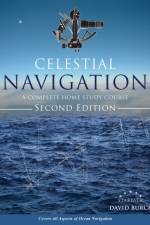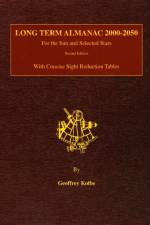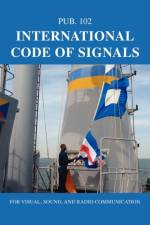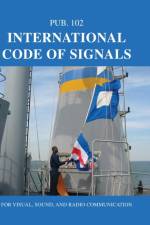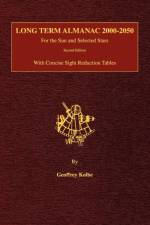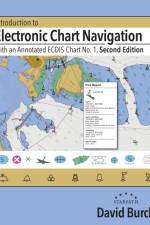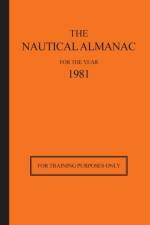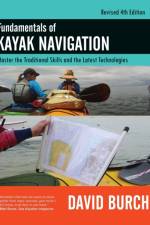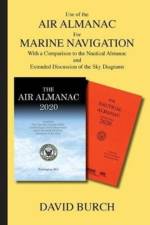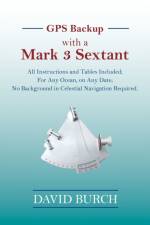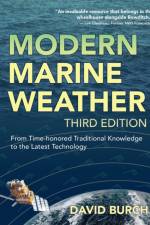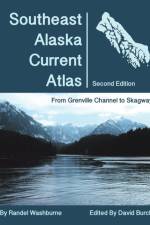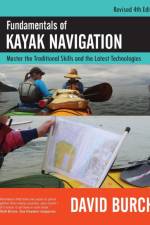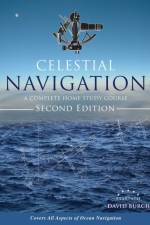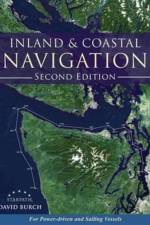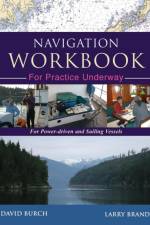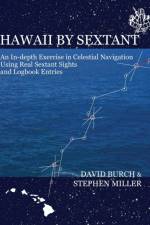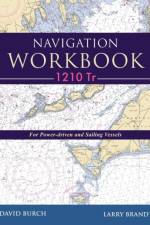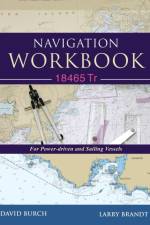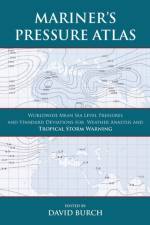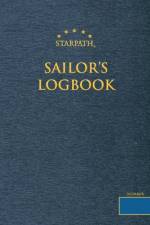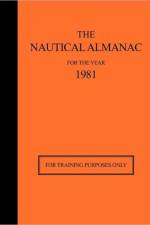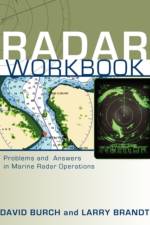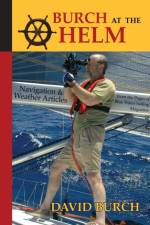- For Power-Driven and Sailing Vessels
av David (Griffith University Queensland) Burch & Larry Brandt
241
This book provides over 700 exercises with answers covering all aspects of small-craft navigation. These are practical problems that all navigators should know how to solve. Topics include: Piloting, Chart reading and plotting, Voyage planning, Dead reckoning, Compass use, Waypoint selection, Special publications, Rules of the road, Route design, Lights and buoys, Tides and currents, Electronic fixes, Depth sounding navigation The level of the exercises is comparable to that used in the USCG 100-Ton masters exam, which in turn is about the same used in the navigation certification programs of US Sailing, ASA, CYA and RYA. These practice problems are, however, designed to be practical and instructive, not just training exercises for certification exams. This Workbook is used by several navigation schools around the country. Selections are provided from each of these special publications along with exercises to insure their full use is mastered: NOAA Tide Tables, NOAA Current Tables, US Coast Pilot, USCG Light List, USCG Notices to Mariners, NOAA Chart Catalog The exercises that require a chart use nautical training chart No. 1210 Tr, available in print at reduced price from NOAA chart dealers and other outlets listed in the Appendix. You can also work the chart problems with an electronic chart (Raster Navigation Chart, RNC) number 1210 Tr. This custom echart is available as a download from www.starpath.com/1210Tr. The echart can be viewed by any of several free echart viewer programs. Sources for free echart viewers and guidelines for their use are included in the Appendix. You can also use any full echart navigation program of your choice. We encourage navigators to solve the chart problems with both traditional paper plotting as well as electronically, using route tools, electronic bearing lines, and range rings.

